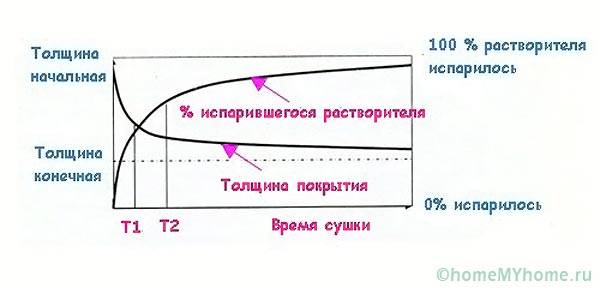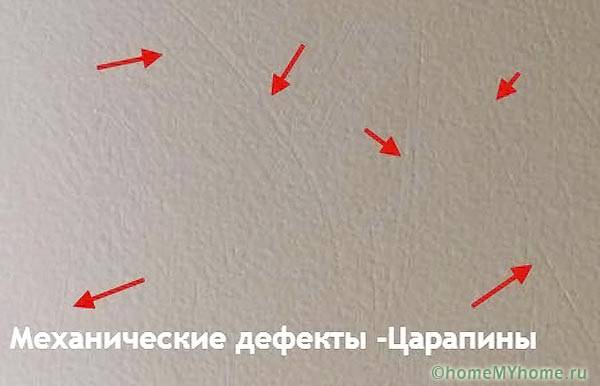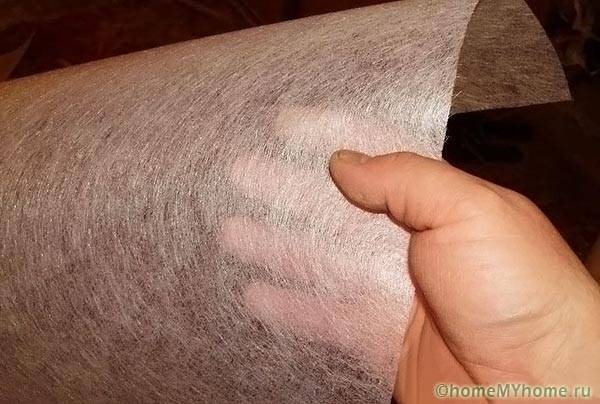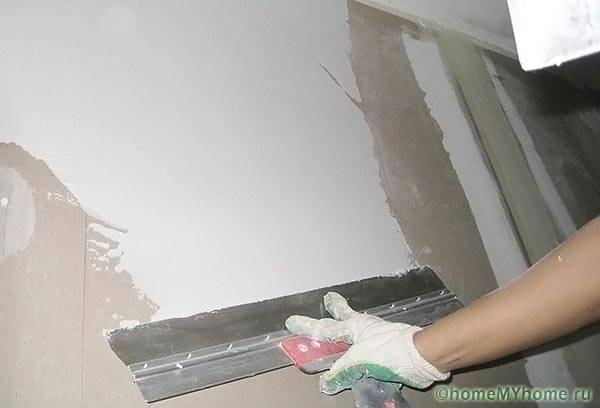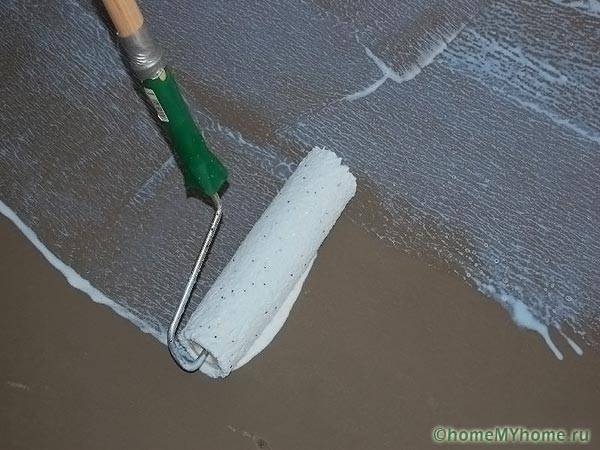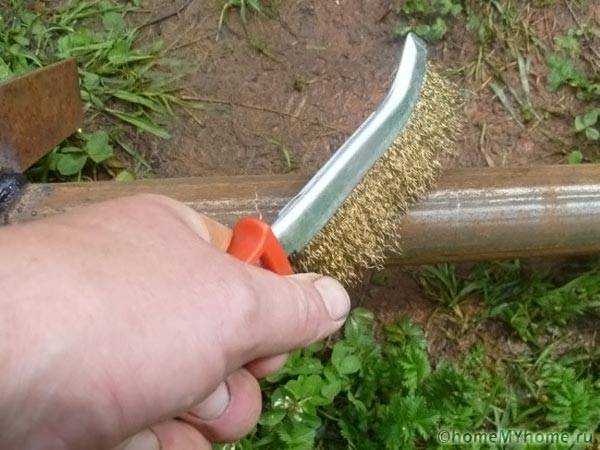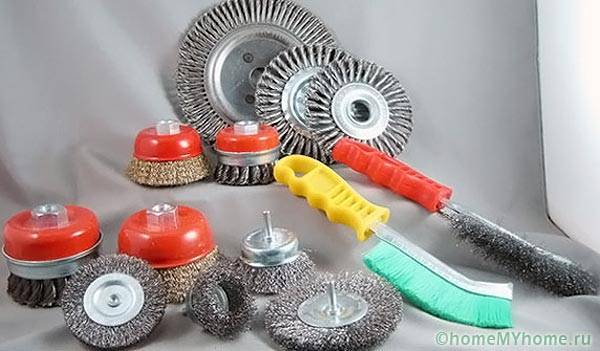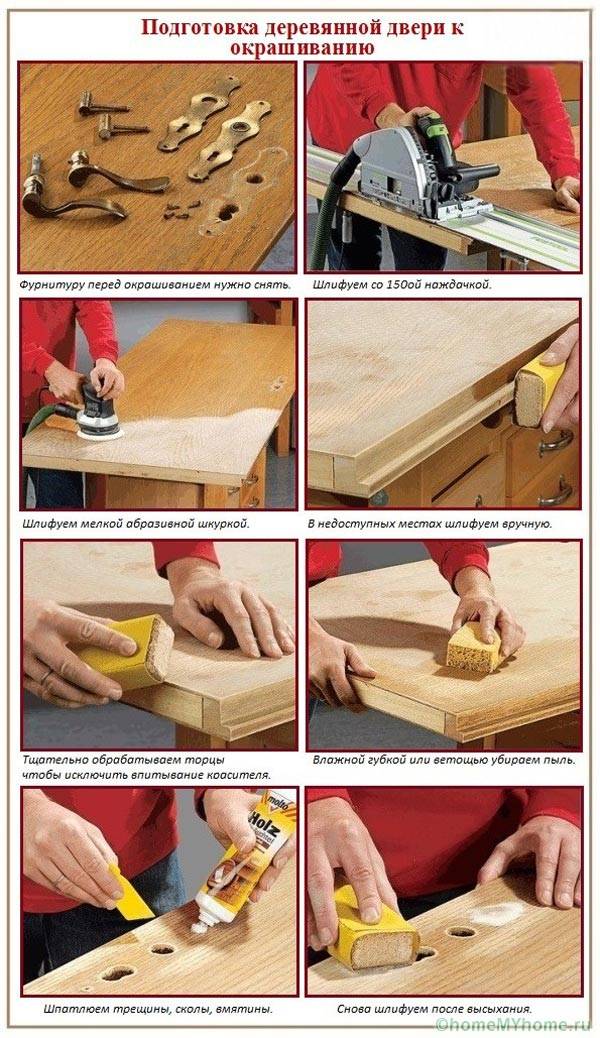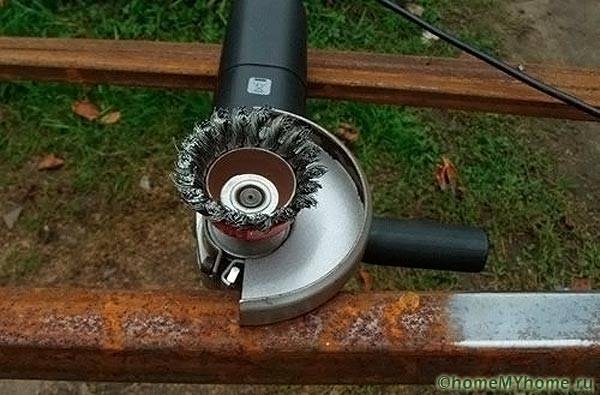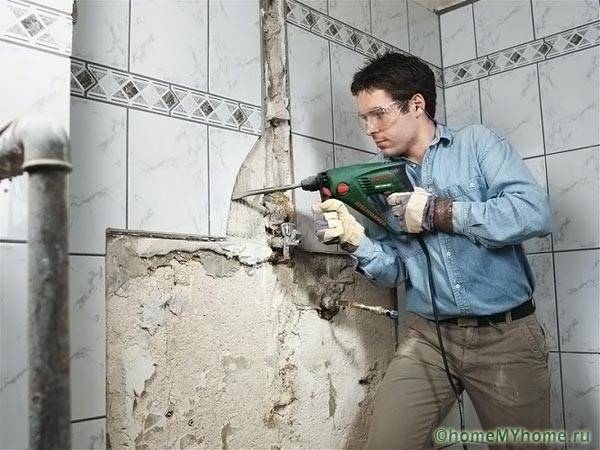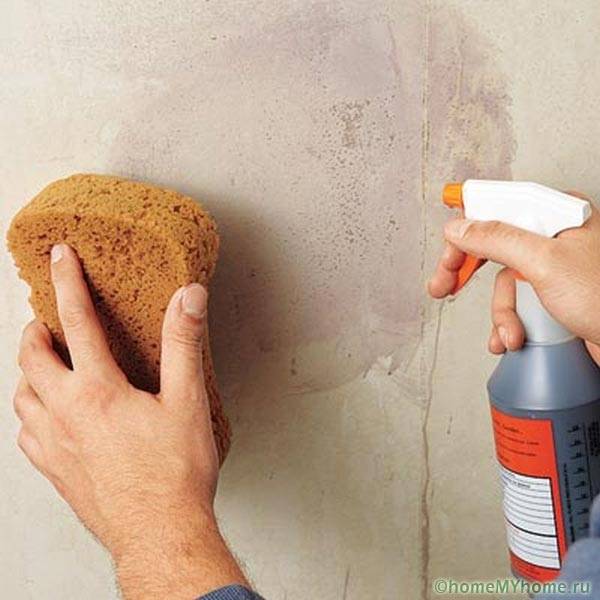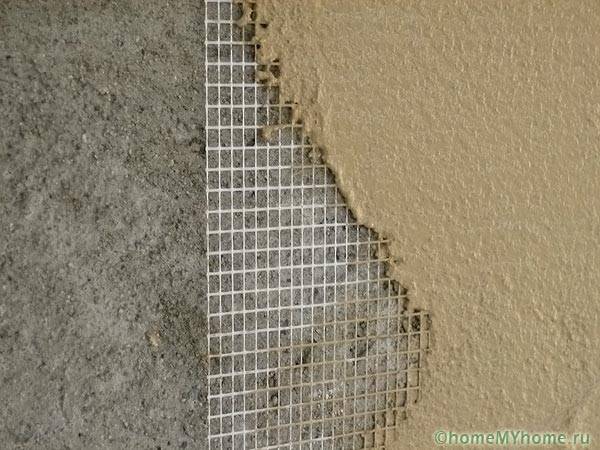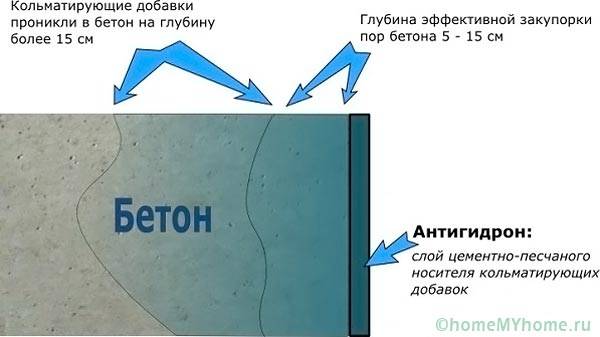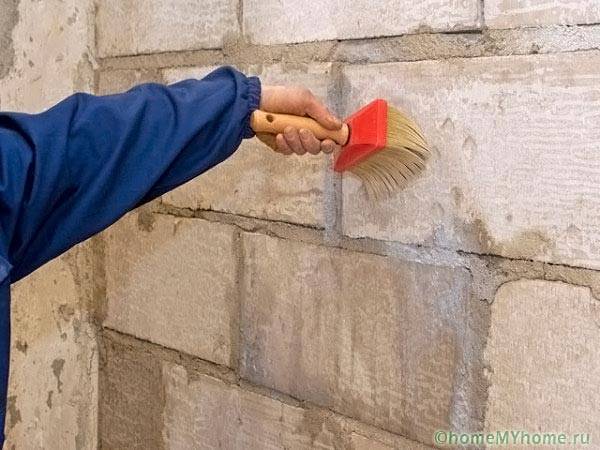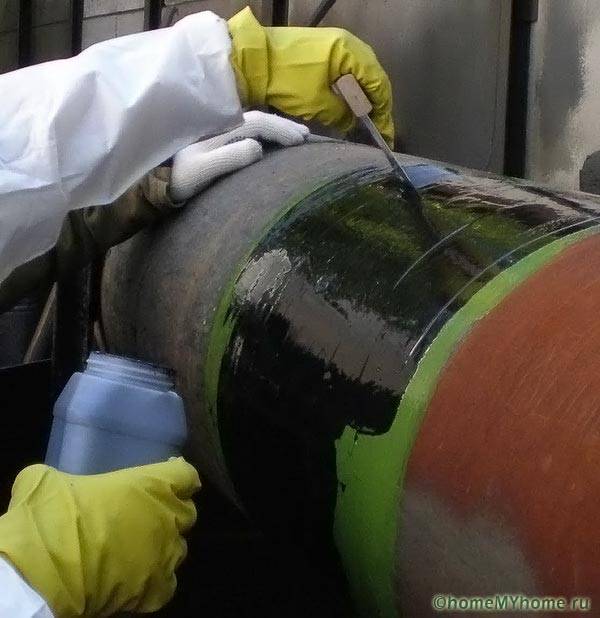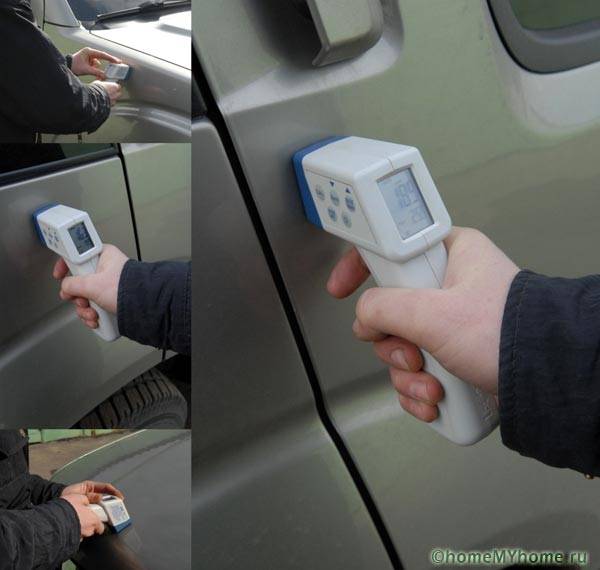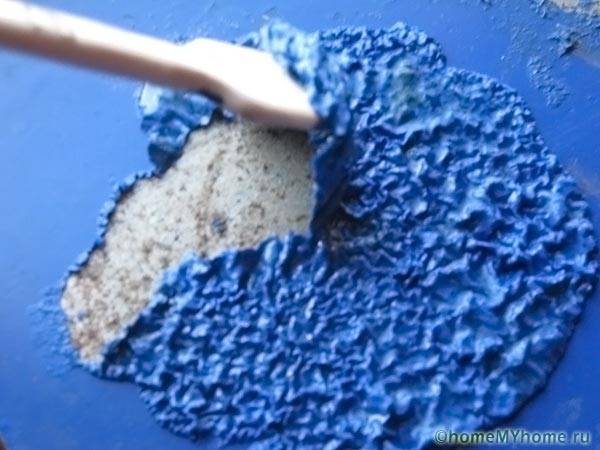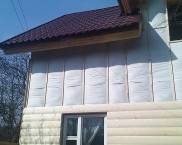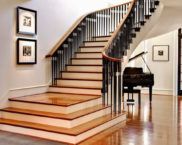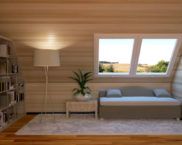Preparing the surface for painting: how to do it right?
LPaintwork compositions are budget claddings, however, they require perfectly flat surfaces, do not lie down with high humidity and bases, and peel off from oil stains. Therefore, at the initial stage, we prepare the surface for painting, depending on the composition of the paintwork, the type and texture of the base.
The content of the article
Video: preparing walls for painting
What is competent staining?
Paints and varnishes form a thin film layer on the surfaces to be decorated as a result of the evaporation of the solvents or the water base they contain. There are paintwork materials in which the formation of a film occurs due to chemical reactions. They are called two-component, the hardener is added immediately before starting work.
Therefore, in the beginning, we always prepare the surface for painting in order to increase the adhesion of the base materials of the supporting structure with a paint film. Unlike more expensive claddings (wallpaper, panels, textiles, tiles), paint cannot hide defects in the flatness of floors / walls; on the contrary, it emphasizes bulges, pits, and roughness.
Thus, the main tasks of preparatory painting work are:
- normalization of humidity - outdoor or indoor air should contain no more than 85% moisture, concrete, brick, plaster surfaces - within 8%, lumber and wood-containing boards - 12%;
- cleaning - oils, dirt, organic matter, rust must be completely removed from the surfaces;
- hardening - it is allowed to impregnate a loose layer of concrete and plaster with special compounds that increase the strength of materials or change the structure or reinforcement of a structural material with a polymer mesh, fiberglass;
- leveling - thin layer of plaster and putty compounds;
- coating with primer - allows you to roughen the materials for better adhesion to the paintwork film.
Useful advice! During budget repairs, false walls made of gypsum plasterboard sheets are covered with water-dispersion, water-based paints. In this case, the caps of the screws are putty, the joints are pasted over with a serpyanka, and they are putty twice.
Types of surfaces and preparation features
Before the start of painting work, we prepare the surface for painting, depending on the material of the walls, floors, floors. The most common are the following:
- wood - drying is necessary before the construction of lumber structures, plywood, OSBif a board, a bar of natural moisture was used, it is necessary to wait for it to dry naturally;
- concrete - moisture check, sanding, dedusting, primer treatment;
- plaster - usually leveled with putty, since the sand contained in it crumbles when working with a brush, roller;
- putty - sanding, dust removal, primer coating;
- drywall or gypsum plasterboard - sealing of joints, leveling with starting putty, then the entire surface is covered with finishing putty;
- metals - removal of corrosion, treatment with a special primer, if necessary, anti-corrosion coating.
There are technologies for decorating facades and interior interiors with textured plasters. In this case, the relief does not need to be leveled, it must be emphasized with paints.
Cleaning
Different construction materials do not have the same structure and strength. Therefore, when cleaning, you should use tools:
- grinders - simultaneously with the removal of rust, oil stains, level the surfaces;
- brushes - metal or pile to remove dirt;
- hammers - removal of scale from welded seams of metals;
- spatulas - cleaning walls, floors from the existing layer of paintwork materials, removing loose areas, small irregularities, joining (deepening) cracks before sealing.
The wood can be leveled with a plane, a router, an orbital sander.
Steel structures are usually cleaned with an angle grinder with a brush or a special disc.
Drywall is an independent leveling layer, therefore, a small adjustment of joints, abutment nodes (external / internal angle), sealing of the heads of self-tapping screws is enough.
When leveling concrete, dismantling porcelain stoneware, tiles, a perforator may be required.
To remove multi-layer paintwork, special reagents and burners are used.
Strengthening, leveling and priming
When strengthening materials before painting, mechanical and chemical methods are used. For example, plasters, gypsum plasterboards, putties can be reinforced with serpyanka, fiberglass, laying them inside the putty leveling layer.
Wood structure, bricks, concrete can be improved by impregnation with penetrating compounds. This will increase the water resistance of these materials, the strength will increase many times during operation.
Finishing fillers are used to level out minor flatness defects. If a layer greater than 1 mm is required, complex alignment is applied:
- primer to increase adhesion to the base;
- starting mixtures in problem areas;
- stripping after drying;
- re-applying the primer;
- finishing putty of the entire surface;
- sanding and priming before painting.
When preparing the surface for painting, it should be taken into account that the primer can be applied in one layer or in several stages. For wood, the soil is drying oil, for metals, special compositions are used:
- passivating - modifications of GF, FL, are called corrosion inhibitors;
- phosphating - allow you to paint galvanized, on which most paintwork materials do not hold, modifications of overhead lines;
- insulating - protection from oxygen, moisture, contain red lead, zinc white, marked with GF (alkyd) or EP (epoxy);
- tread - positioned as cold zinc coating, used as anticorrosive, marked with EP or XC;
- rust converters - allow to paint metals without removing corrosion, which they convert into iron phosphates, modifications of HV, EP;
- inhibitors - EP marking, are water-, oil-soluble, create a super-strong film layer.
Useful advice! The concrete is primed with bitumen, epoxy or polymer primers. The industry produces ready-made deep penetration impregnations. They can also be made independently from similar mastics, diluted with an appropriate solvent.
Factors affecting the quality of painting
Preparation of surfaces prior to the commencement of painting works allows to increase the coating resource. The main factors affecting the quality of the paint layer are:
- preparation of material;
- coating method;
- external conditions;
- film layer thickness.
For example, if we prepare a concrete surface for painting without taking into account the moisture content of the wall, when the paint comes into contact with the construction material, bubbles form that do not adhere to it. The decorative layer has insufficient strength to resist the opening of cracks that have not been repaired. The decorative value of interiors / exteriors decreases, the overhaul period decreases, and the service life increases.
Conclusion
Thus, the preparation of surfaces should be carried out taking into account the materials, technologies for applying the decorative layer, the condition of the walls, and the characteristics of the external environment. The given recommendations will help to avoid serious mistakes and increase the service life of the coating.
Video: aligning walls for painting




